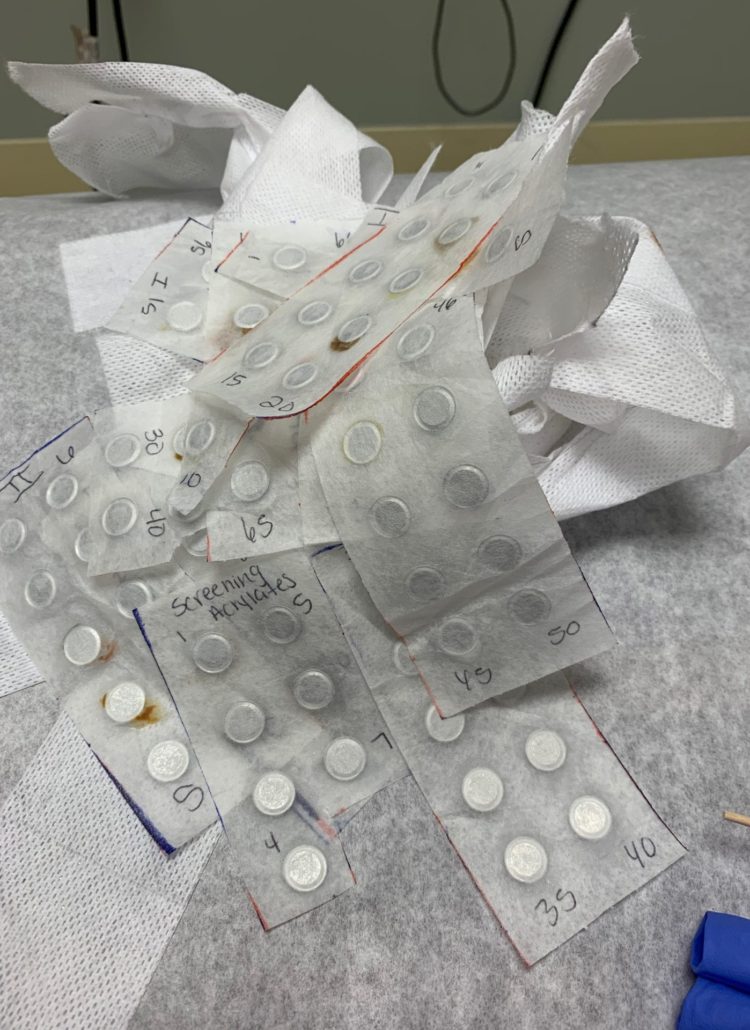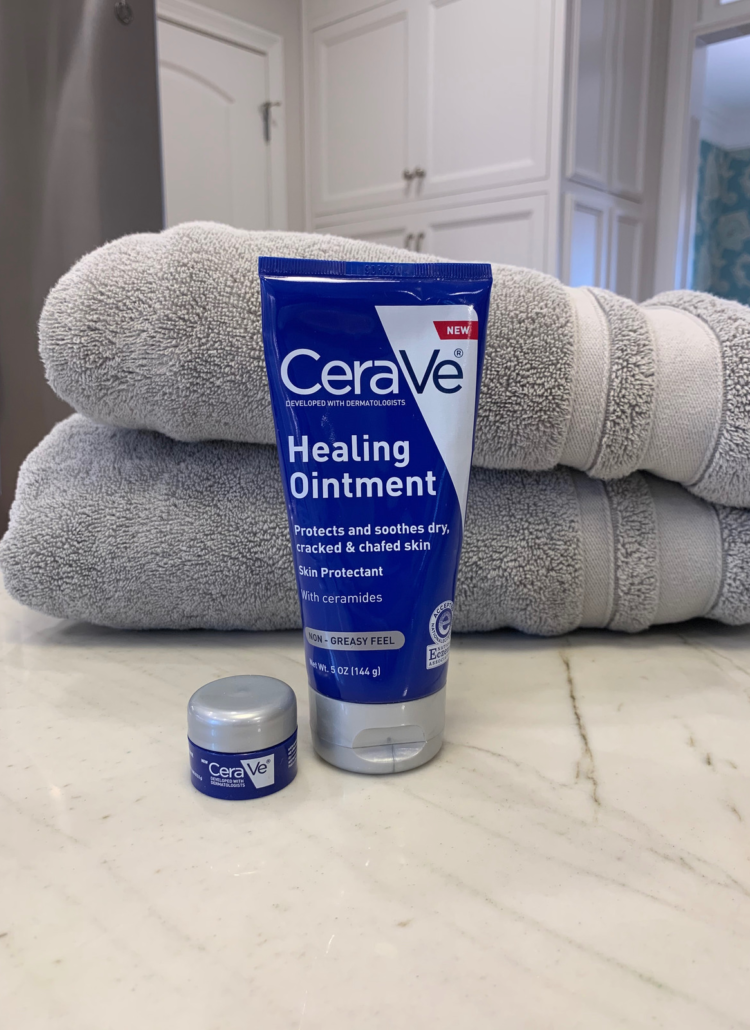Pro Tips
Helpful hints for a thorough patch test
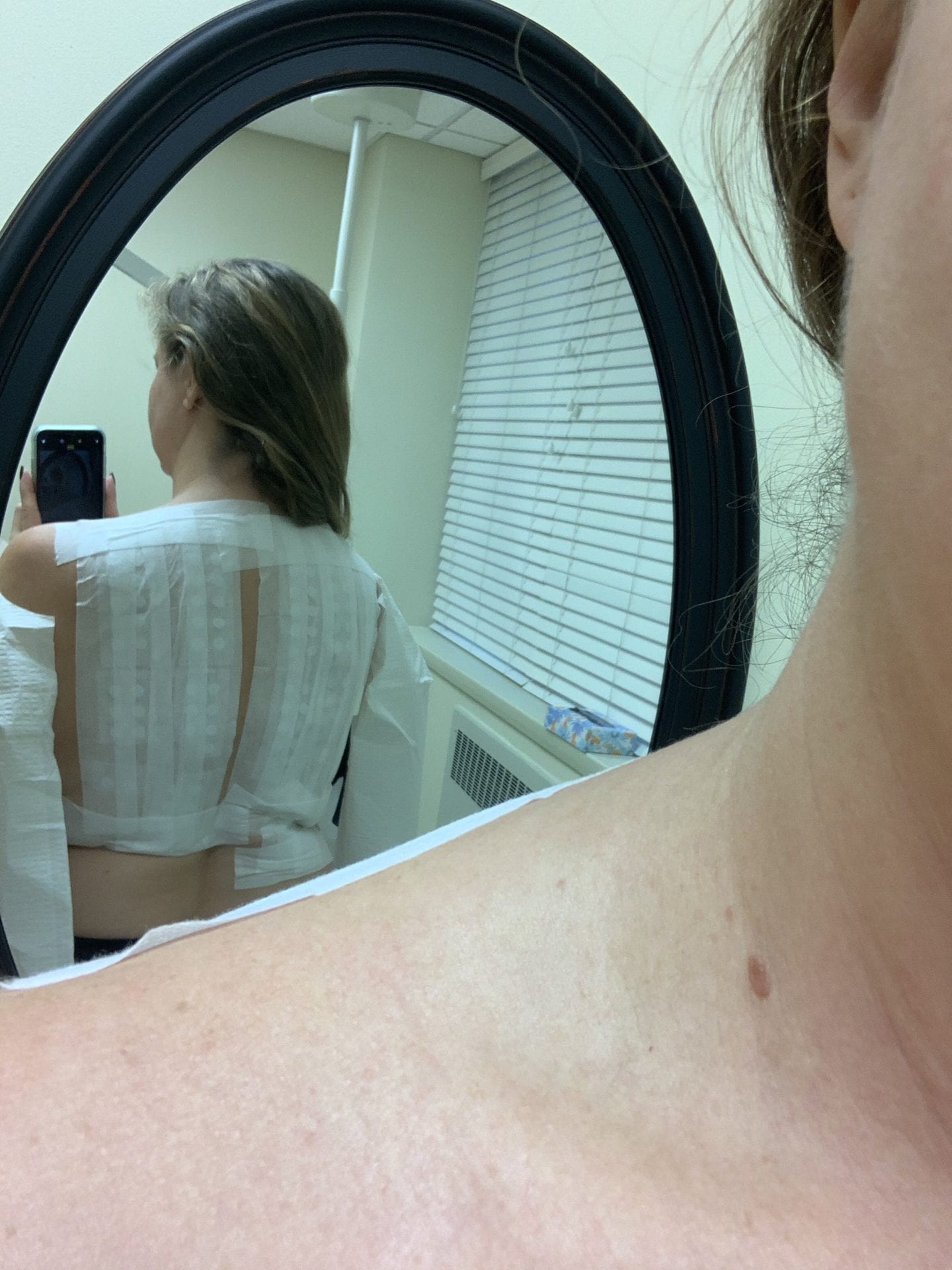
I get many questions about allergic contact dermatitis through this blog and on social media. It can be very confusing, especially when most of us are exposed only to allergy prick testing and assume that is the only kind of allergy test available. So what is a dermatology patch test?
Patch tests don’t use needles like an allergy prick test. In a dermatology patch test, your back receives small round patches containing allergens and possibly even an individual’s personal care products. During this test, your skin may be exposed to up to several hundred extracts of substances that can cause allergic contact dermatitis. These patches can include latex, medication ingredients, fragrances, common personal care preservatives, metals, resins, and common workplace-related allergens.
Types of Dermatology Patch Tests
There are many different types of allergy patch tests commercially available to your physician. Some are using a very small assortment called the TRU test. While easy to administer, this is not the most complete patch test you could receive. I highly encourage you to find a specialist using at least 80+ patches, normally called the NAC80. Many highly specialized dermatologists even administer patches they create themselves. Whether they use your personal care products to create a patch or after an intake appointment, create patches they feel best to match your environment. The more complete the patch test, the better results you receive. Subsequently, the better chance you have at avoiding your allergens and your reactions going away.
Patients wear these patches on their backs for 48 hours. You must avoid anything that can cause you to sweat, and no bathing/showering during this time. You return to your patch test dermatologist’s office to have them removed. Your patch test derm will mark your back like a map when they remove your patches. Best to have a family member take a photo of your back from many angles with clear pictures when you return home this day. This will help you in the future. You will leave after your “map” is created. Your dermatologist will schedule you to return 48 hours later for a final read of your patches.
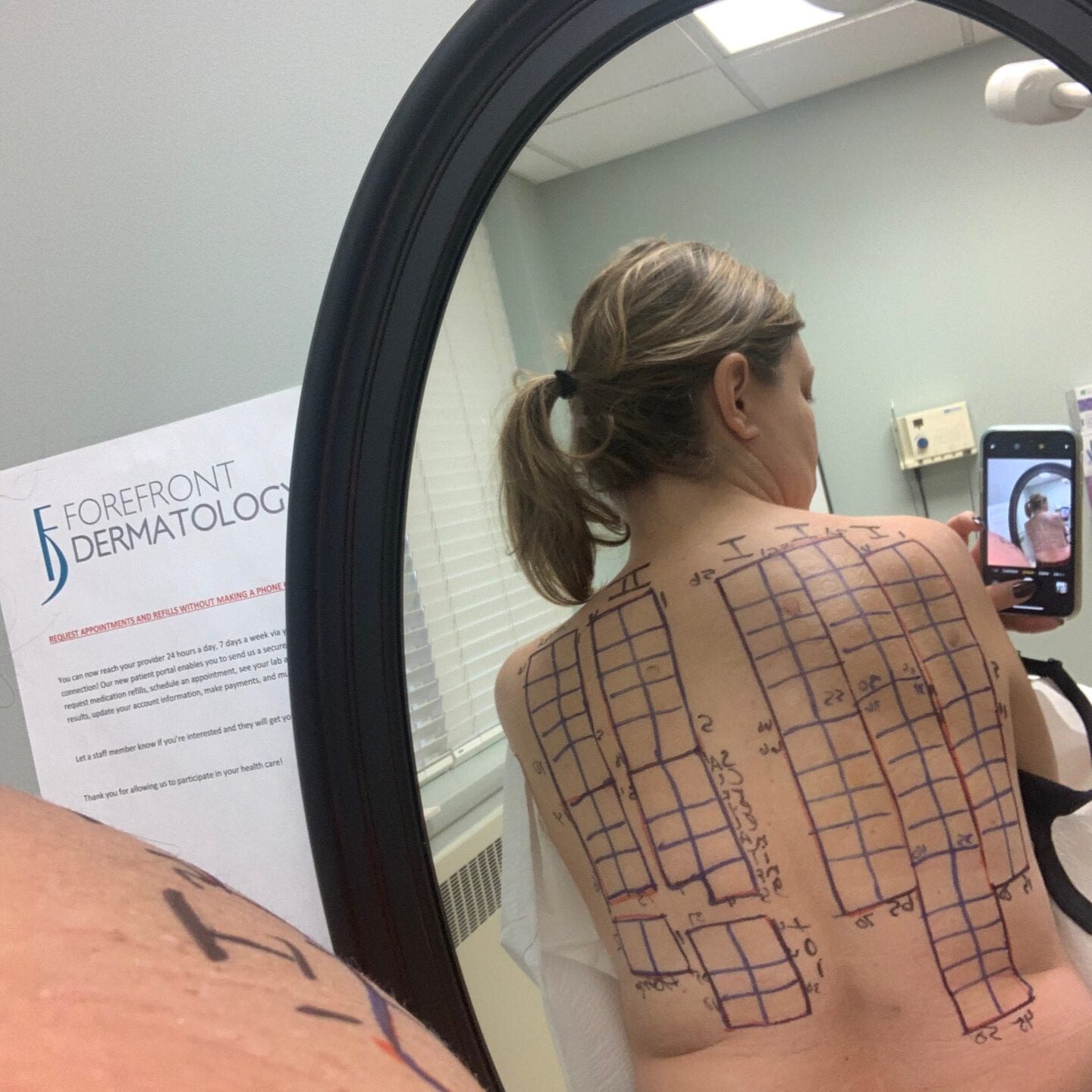
To-Do’s
List of to-do’s for your patch test
①
Bring any products you use daily with you to your initial appointment. Also, take pictures of reactions you may have to share with your dermatologist. They can only help you if they know the full context of what you are dealing with.
②
Take clear pictures of your back “map” on day 3. These pictures will be a guide for you in the coming days. Any red/irritated spots showing on Day 3 are considered irritants. In my experience, avoid irritants in addition to true allergens. Irritants can often become full-blown allergens in the years to follow with recurrent use. Many dermatologists do not share irritants with you as they feel it isn’t helpful info. I disagree. Avoiding your irritants can more quickly return your skin to a reaction-free state.
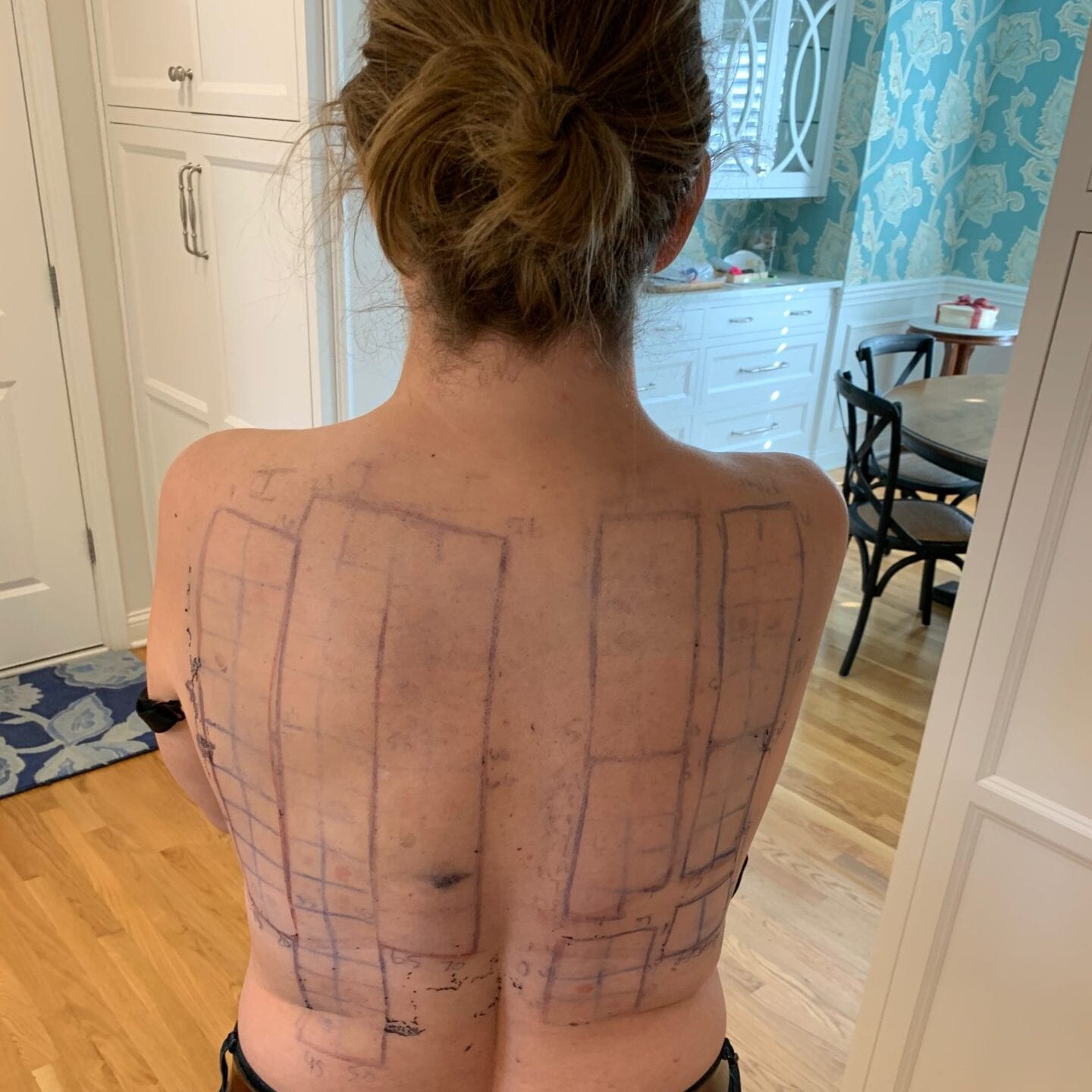
③
Request a detailed “map” of what allergen is placed in each location on your back to associate it with your photos. You, after all, can only be your best advocate if you have all the information presented to you. These are YOUR medical records. Politely ask for all detailed sheets related to your patch test, including dr notes. I requested my complete medical file more than ten years after my initial test. I was shocked to find out that all of my allergens were not disclosed to me.
④
Be sure to have a family member take a back picture every day of your “map” for up to 2 weeks after your final read. It is not uncommon to have very delayed reactions (especially metals). If you notice one, note it and contact your dermatologist. Some irritated areas where you are extremely allergic to the allergen can linger for weeks and even months. This is normal.
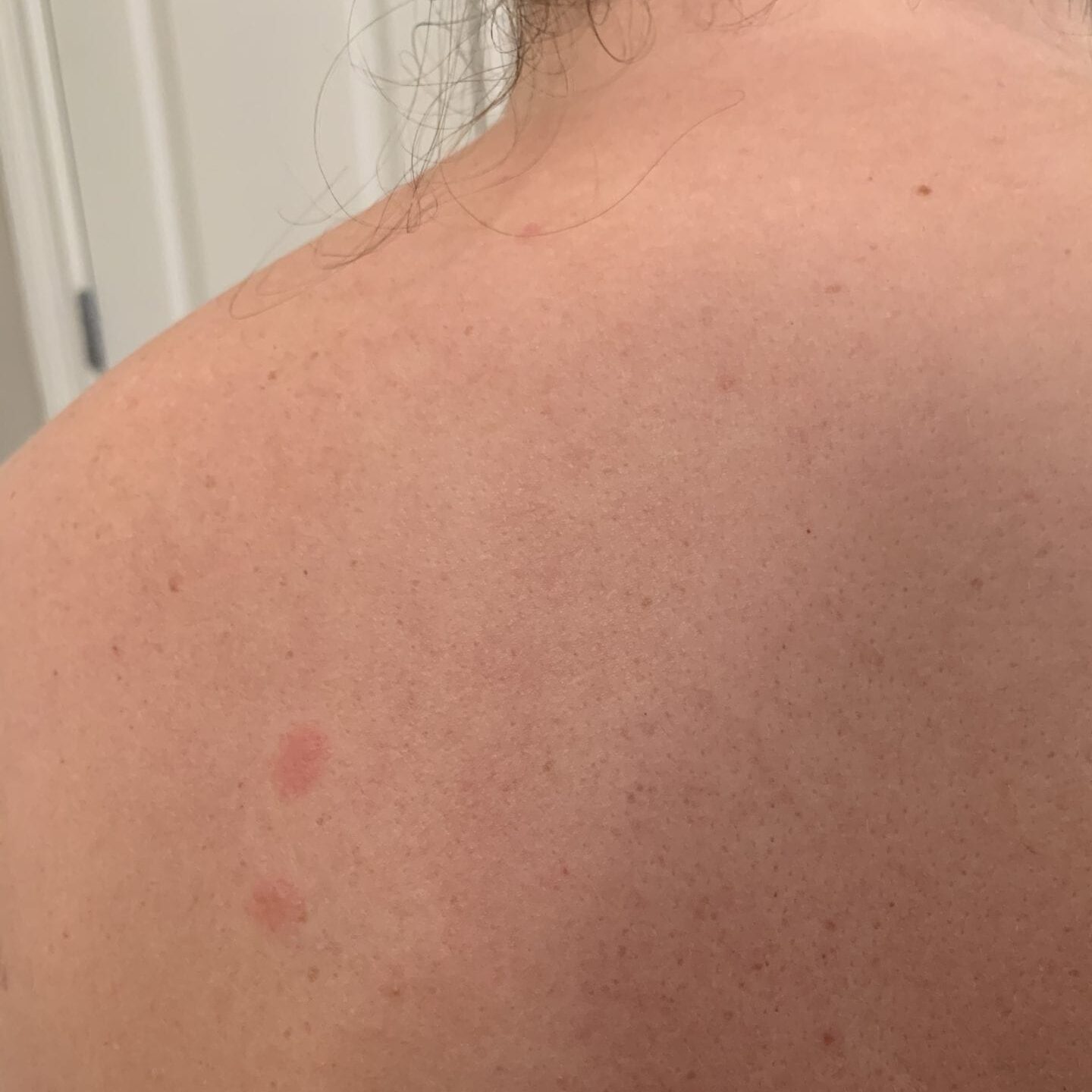
dermatology patch test
Finally, find a specialized dermatologist who has the capability to do thorough allergy patch testing. Patients given 20-30 patches (or a TRU Test) may miss the full picture of their allergic contact dermatitis allergens. Do it once, and do it right!
Finding Help
How do I find a Patch Test Specialist?
You may know someone who requires specialized patch testing for Allergic Contact Dermatitis; maybe it’s you! In Louisville, Kentucky, where I am, my fantastic specialized dermatologist is Dr. Todd Rickett at Forefront Dermatology. You can find a local-to-you-guru at www.contactderm.org


